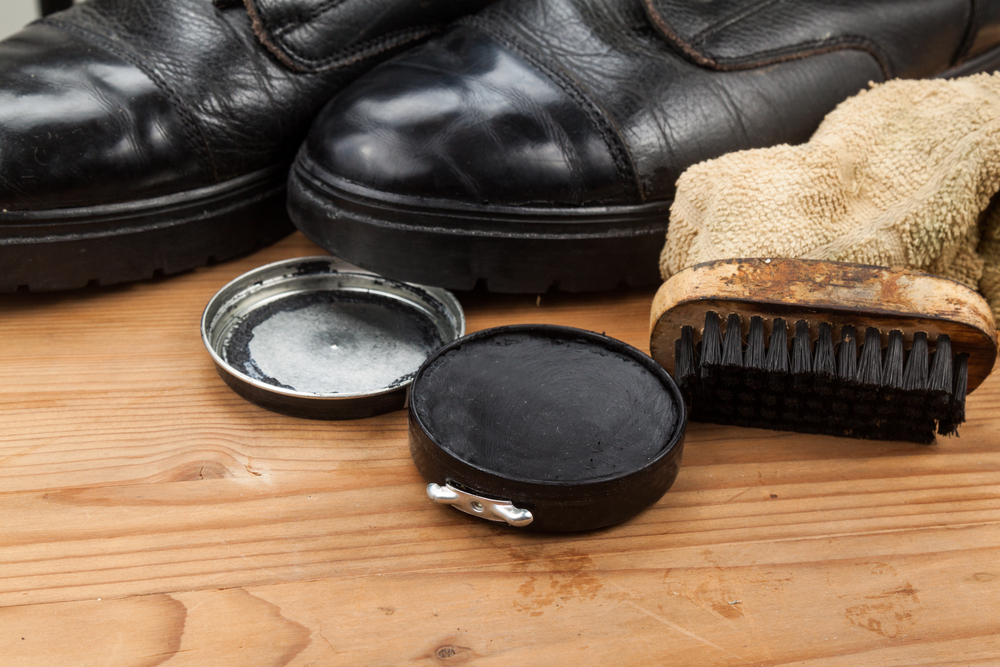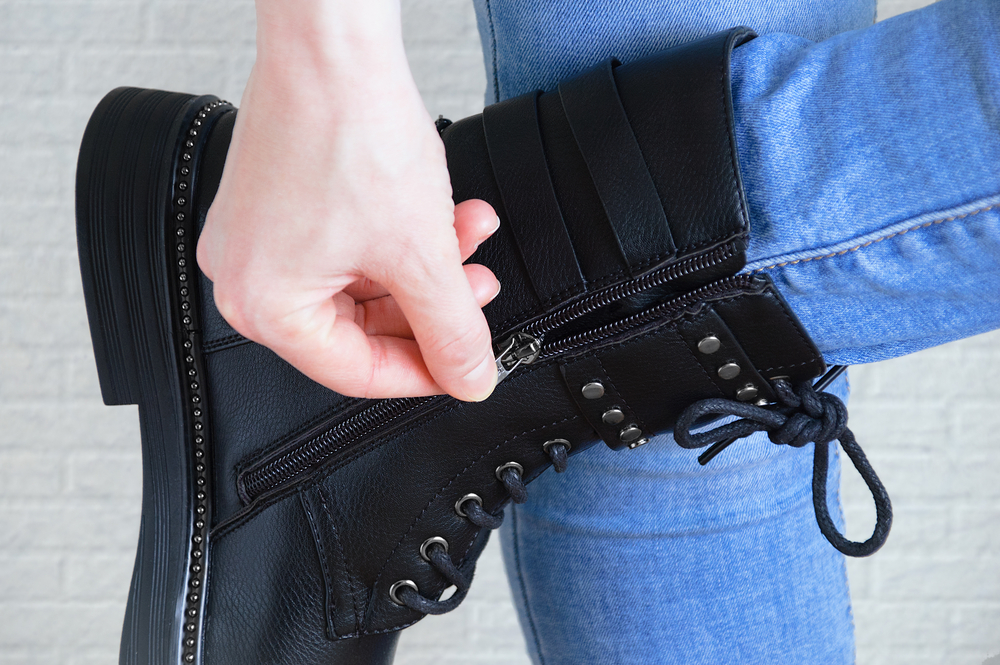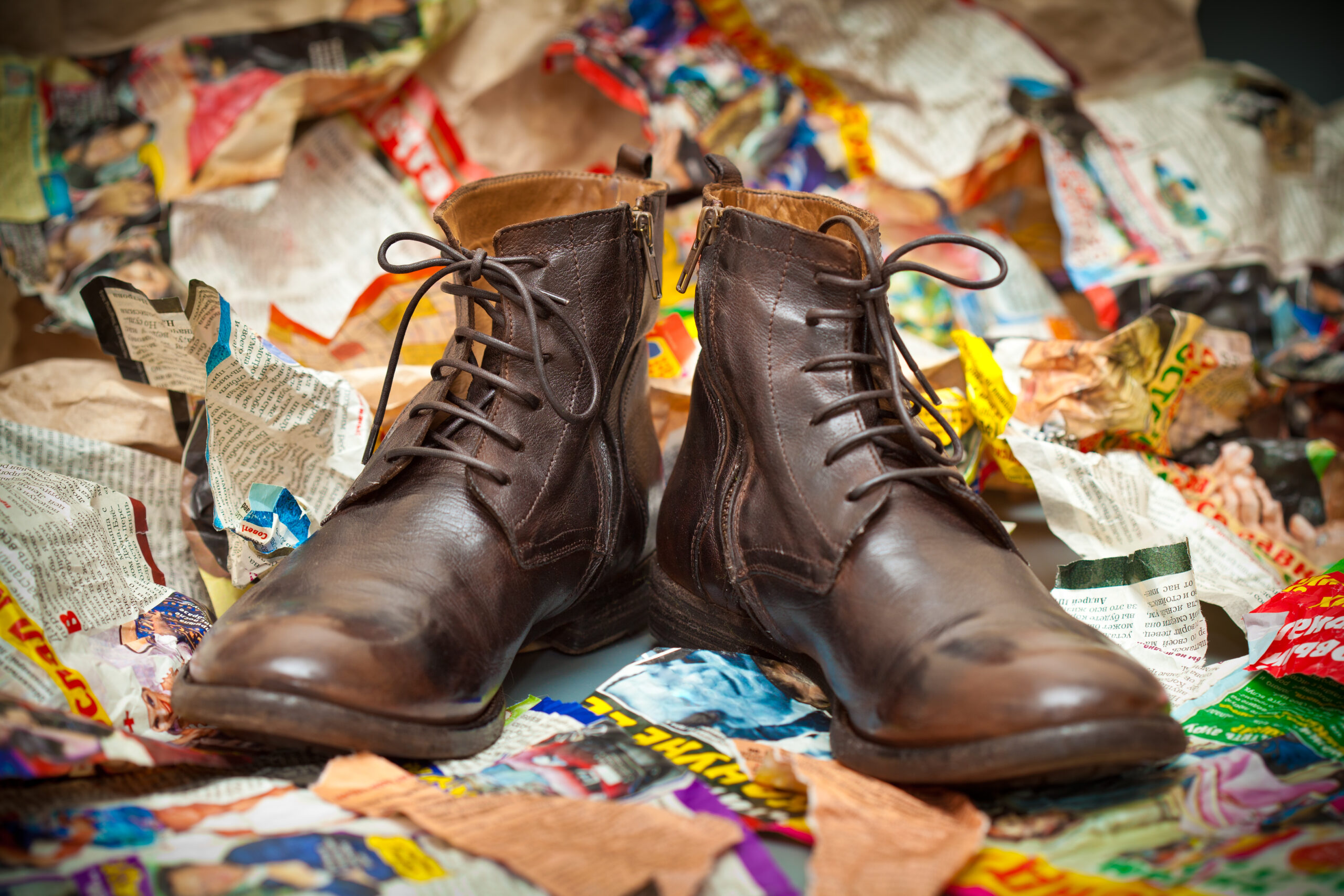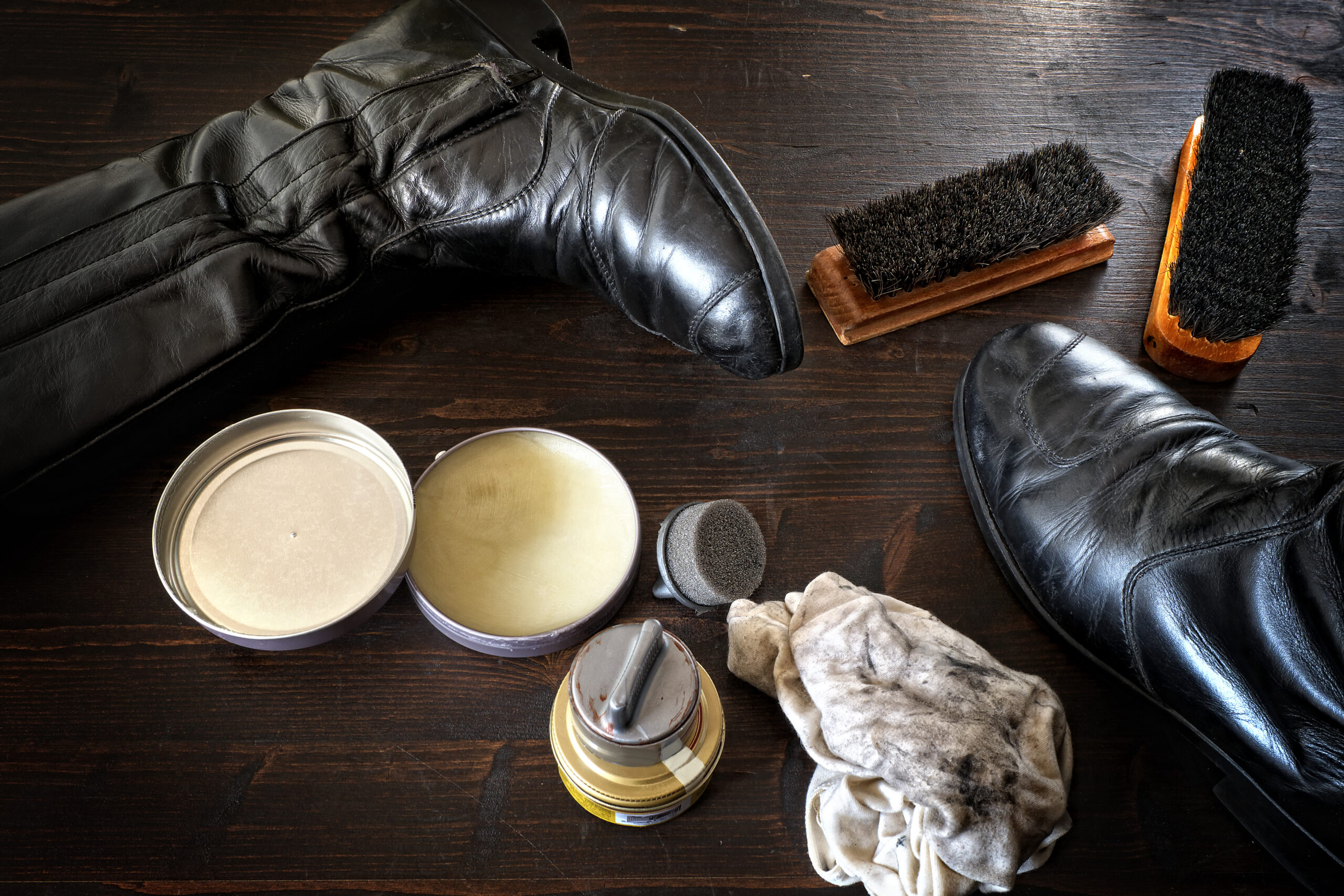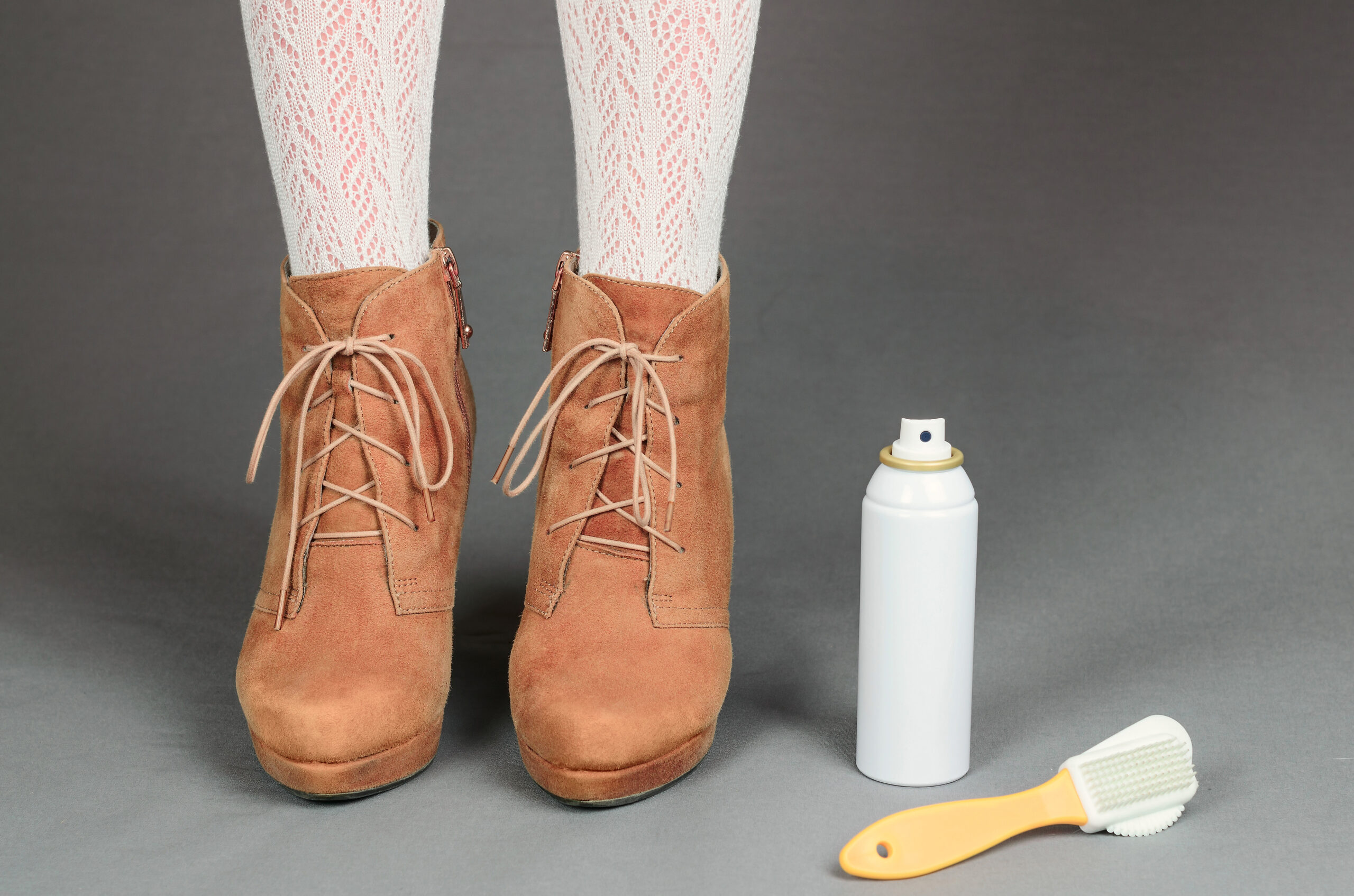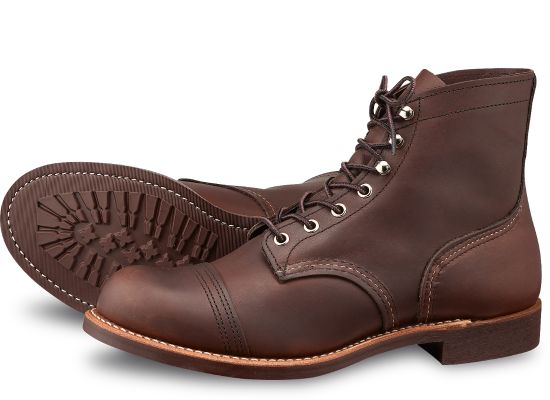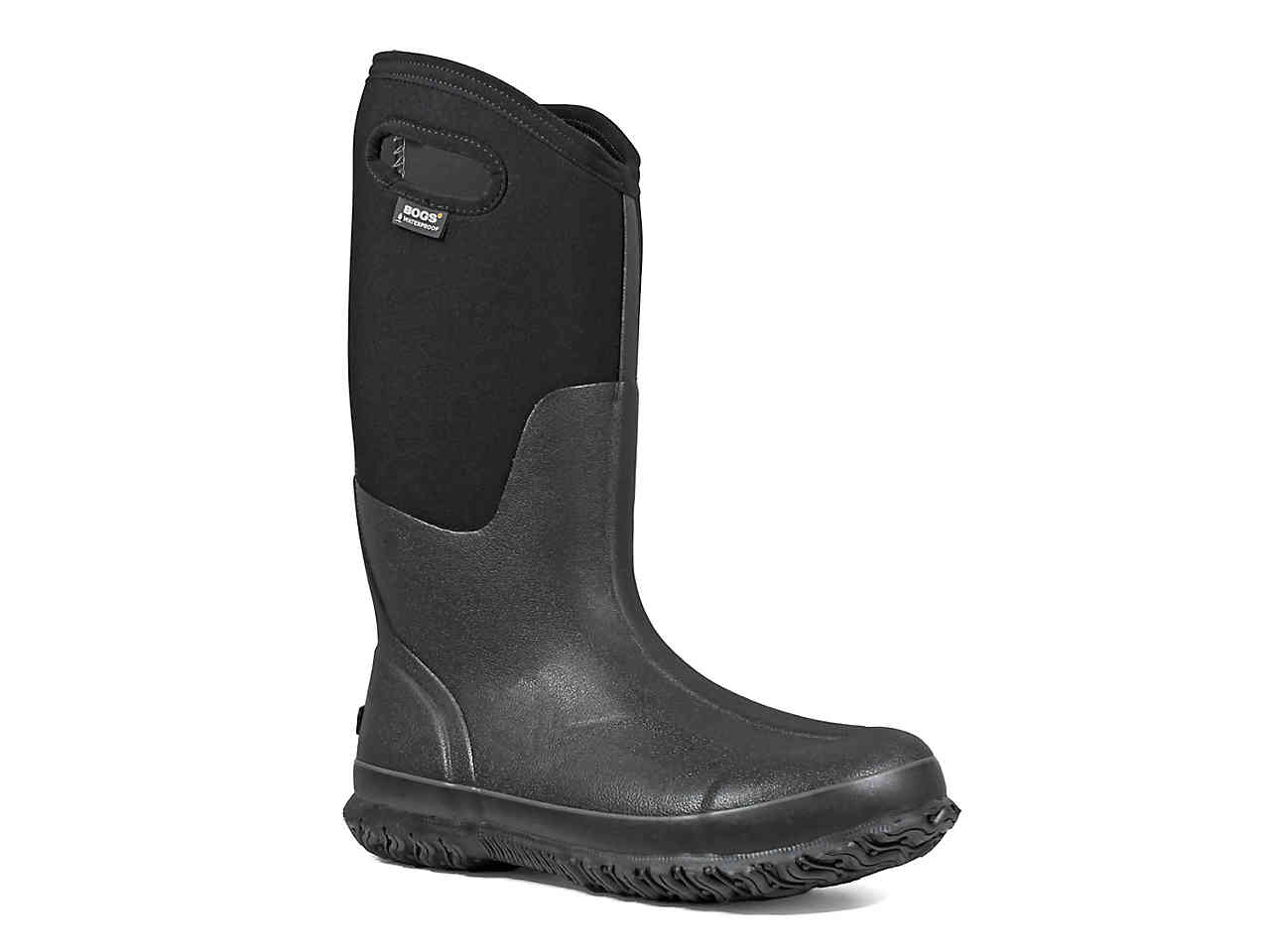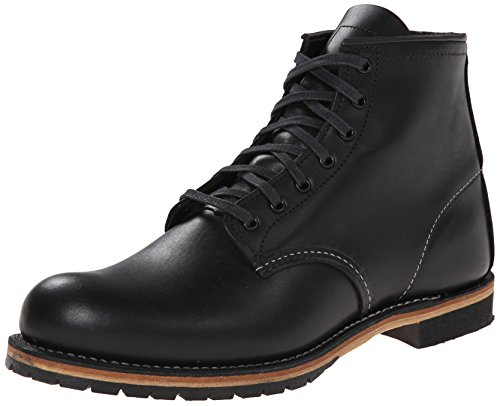A good pair of boots will last for years, perhaps even decades if they are well cared for. Even though they’ll last, they’re sure to need cleaned from time to time. Below, we’ll look at how to clean leather boots, suede boots, and even boots made of synthetic materials.
How to Clean Leather Boots
Prepping the Boot for Cleaning
Before you start cleaning the boot, you want to make sure you can get down in all the nooks and crannies as you prepare to clean the whole surface. If they have laces, you’ll want to remove them altogether. If they have zippers, you may also want to open the zipper up. You can clean behind the zipper and then seal them back up before you start actually cleaning the outside of the boot.
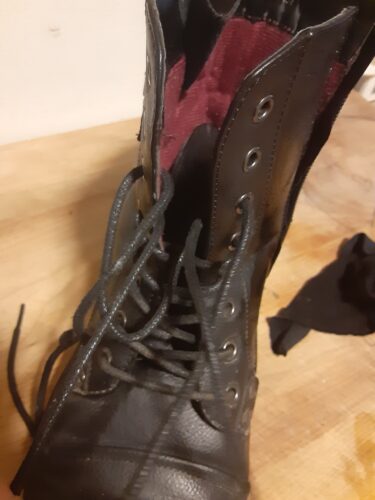
Brush Any Loose Dirt Away
The first step of cleaning is using a soft-bristled brush to remove any loose dirt, dust, or debris on the boot. You may even find that this initial brushing wipes away a few stains. If you are cleaning brown or leather boots, keep in mind that dust may not be as visible. You may want to pass the boots a few extra times to be sure you’re knocking any loose dirt off. Also, be sure to get any dust on the tongue of the boot or behind the zipper, depending on the type of closure that they have.
Clean with Leather Cleaner
Before you get started, note that you’ll want to use leather cleaner in a well-ventilated area. Most leather cleaners give off unpleasant fumes.
Leather cleaners can be found at many places, including shoe stores, hardware stores, and online. While any brand will work, you can also choose the brand that goes with your boots or what the manufacturer recommends.
Start with a soft cloth, or even a piece of an old cotton T-shirt that you don’t use anymore. You want it damp, but not dripping wet. Otherwise, there’s a risk of getting the leather cleaner on you, which you want to avoid when cleaning boots. People with sensitive skin may even want to put on gloves before cleaning.
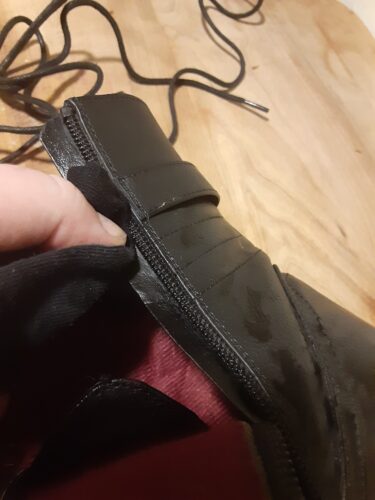
Apply the leather soap using smaller circles, and be sure to get all the nooks and crannies of the boot. Lift tongues and flaps and clean the strip of leather inside the shoe if your boot has a zipper. You’ll also want to clean the leather that extends into the cuff of the boot if you have knee-highs.
Dry the Boot
Finally, you’ll want to take a clean cloth (or cotton T-shirt) and dry the boot. There’s no need to rinse or apply water to the boot. Leather cleaners are made to soak into the leather. This is another reason that it’s important to not use too much. Use the same small circles and be sure to dry the entire boot, even those small spots.
Condition (and/or Waterproof) the Leather
Finally, you’ll want to condition the leather of the boots. Conditioning is an important step because it restores the leather, making it smooth and supple again. It also stops the leather from drying out too much and cracking. This is especially important after using leather cleaner, which is effective but can have a drying effect on leather.
You should use a conditioner or moisturizer made especially for boots. Find this online or in shoe shops.
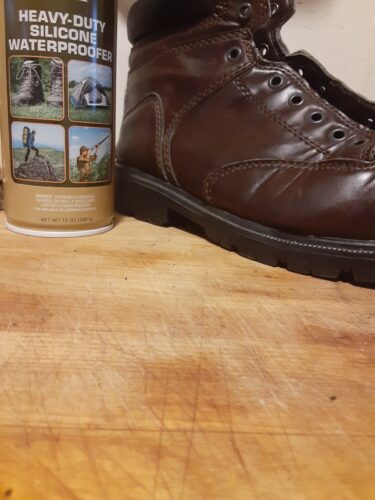
You can also apply a waterproofing spray to leather boots. Waterproofing spray not only keeps your feet dry, but it also helps make boots easier to clean since there is a layer between mud, salt, and other elements of the outside world and your boots.
Tackle Tough Stains Again
Once your boots have dried completely, you’ll be able to see any tough spots that might not have come out the first time. You’re going to clean with leather cleaner again, being sure to target those hard-to-remove spots. It’s very important that you condition the leather again each time you clean, too. If you don’t condition the leather, it may cause it to dry out and crack.
Alternatively, you can use a mixture of dish soap and water to target tough stains. Something to note, however, is that dish detergent can damage some expensive boots. Leather cleaners are significantly safer. If you do want to try soap on stains and you aren’t sure if it will cause damage, find a small, inconspicuous area to test how the soap effects the leather. Wipe and dry the spot, then let it dry completely to see if it causes any discoloration or damage.
Removing Salt and Other Stains
Leather boots are susceptible to salt stains, especially in the winter months when you are out walking around. These can be tough to remove using traditional cleaning methods. However, you’ll be able to remove them using a diluted vinegar solution. Combine 1 cup of water and 1 tablespoon of vinegar. Use a cloth to wipe it over the salt stains and then use a second, dry cloth to remove any remaining residue.
For ink stains, you’ll target tough spots using alcohol. Use a cotton ball to dab away the alcohol as it breaks down the ink. Be sure to dab and not rub.
For grease stains, use cornstarch. Let it sit for up to a half hour, then take a damp cloth with a tiny bit of dish soap to brush the cornstarch off. You can also use cornstarch for grease stains on suede boots, but it’s important that you don’t get them wet as you brush it off.
How to Clean Suede Boots
Suede boots differ from those made of leather or other materials because suede material cannot get wet. When suede boots get wet, it causes the “hairs” on the boot to become brittle and break easily. It may cause the boot to get “bald” patches or be otherwise damaged.
Instead, you’ll use a dry process to clean suede boots. They make special dry brushes for cleaning suede boots. You’ll want to use short, small strokes to clean or gentle circular motion. It’s important that you use care when cleaning a suede boot. Otherwise, you can rub too much and create bald patches on the boot.
Once you’re done cleaning the boot, you can spray it using a suede-protecting spray. This is designed to repel water and help keep suede shoes looking great.
How to Clean Boots Made of Synthetic Materials
Sometimes, manufacturers use synthetic materials that look like leather to bring down the costs or create a certain style of boot. Fortunately, many boots made of synthetic materials can be cleaned using the same process as your leather boots. As an added benefit, they are a little less susceptible to damage than leather so you don’t need leather-specific products to clean them. You should still do a test area if you are worried about damage to the boot.
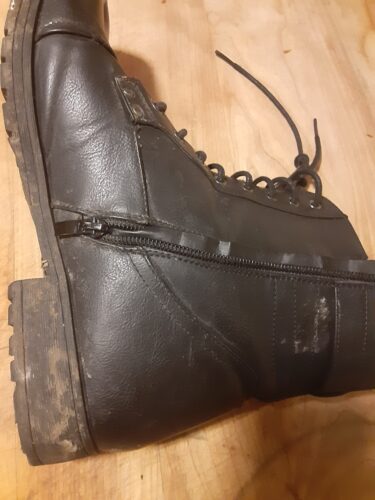
Start by preparing the boot and removing excess dirt like you would normally. Then, you can use soap and water to clean the boots. If there are any salt stains or hard-to-remove spots, then use a solution of 1 cup water to 1 tablespoon vinegar to target those tough areas. Rinse clean as you would normally. Synthetic materials are less likely to dry out, so you won’t need to condition. However, you can spray them with a protectant or waterproofing spray if you choose.
FAQs About How to Clean Boots
Should I use soap leather cleaner or liquid leather cleaner to clean boots?
The choice to use soap or liquid leather cleaner is entirely a matter of preference. Something to note, however, is that liquid leather cleaner is more likely to leave residue behind. Since you don’t rinse leather boots after cleaning them, it’s important that you don’t apply too much of whichever cleaner you choose. If you have tough-to-remove stains, it’s better to use a second cleansing or vinegar solution.
Why can’t you get suede boots wet?
Even though suede shoes are a type of leather, it’s made from the underside of the hide instead. While this material can be durable, the little “hairs” on the hide are susceptible to damage. This can be caused by getting the shoes wet, or even just brushing them too hard while you are cleaning them. The small “hairs” become brittle and break off easily if they become wet.
To avoid getting suede boots wet, you may want to spray them with a protective waterproofing spray when you are done cleaning them. This spray is made especially for suede boots. It’s important not to apply this too liberally, though, since you don’t want the fabric actually getting wet.
How can I remove scuffs from leather boots?
To remove scuffs from leather boots, some people apply Vaseline to them. The Vaseline helps rejuvenate the leather and fills in the scuff area. You can also remove scuffs by polishing the boots.

Samantha is a part-time writer and stay-at-home mom of two boys (and three pets). With all the outdoor activities the family participates in and two growing boys, shoes are something she’s very familiar with.
